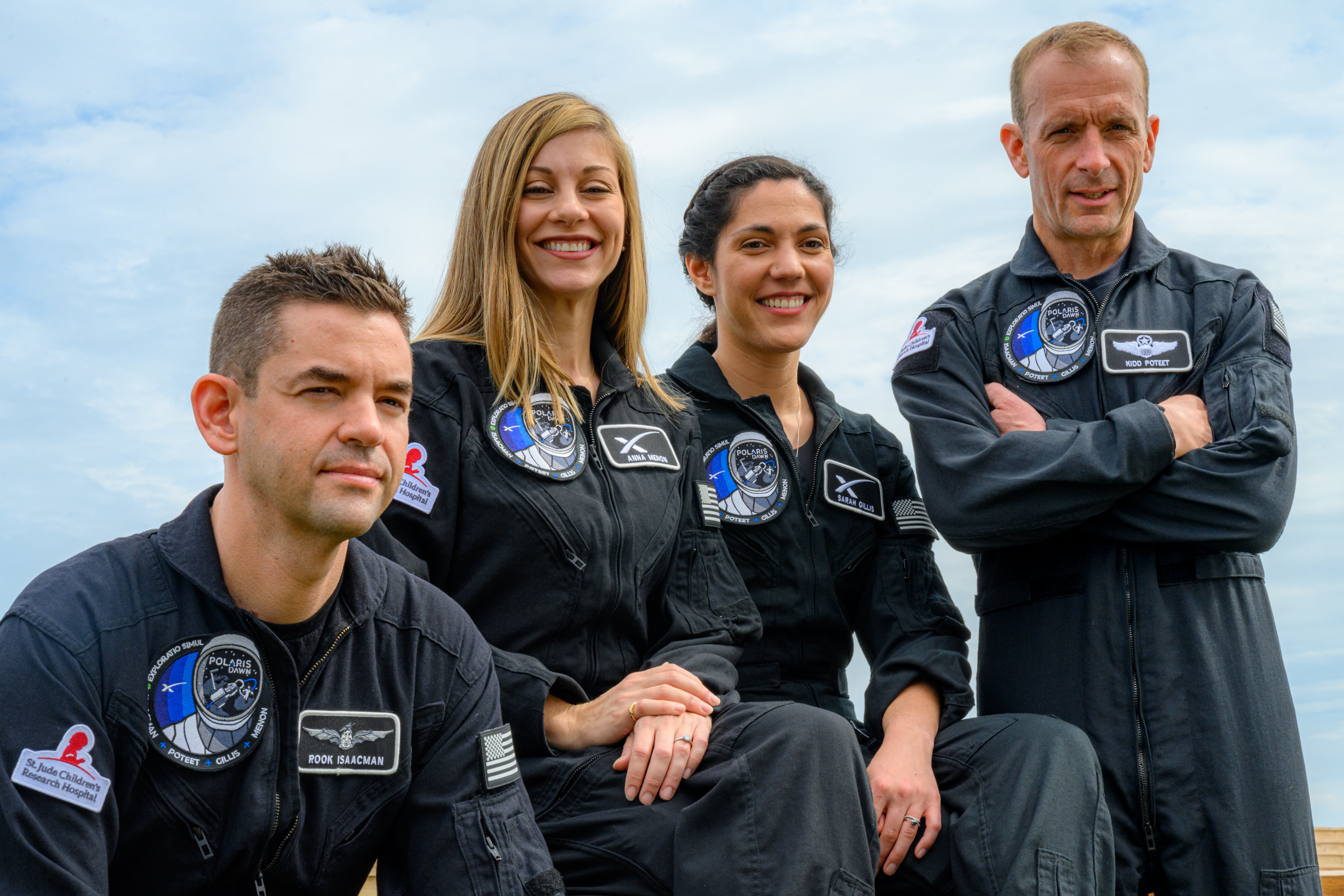
Six months out from attempting the highest non-lunar altitude record in over a half-century and the first all-commercial Extravehicular Activity (EVA), Polaris Dawn Pilot Scott “Kidd” Poteet took time out last week to talk with UK-based GoSpaceWatch about his dramatic five-day mission to low-Earth orbit. Commanded by Shift4Payments billionaire Jared “Rook” Isaacman—who purchased the seats and led last fall’s historic all-civilian Inspiration4 mission—the Polaris Dawn crew also includes Poteet and SpaceX lead space operations engineers Anna Menon and Sarah Gillis. They will launch from historic Pad 39A at the Kennedy Space Center (KSC) in Florida no sooner than 1 November 2022, riding SpaceX’s twice-flown Dragon Resilience.
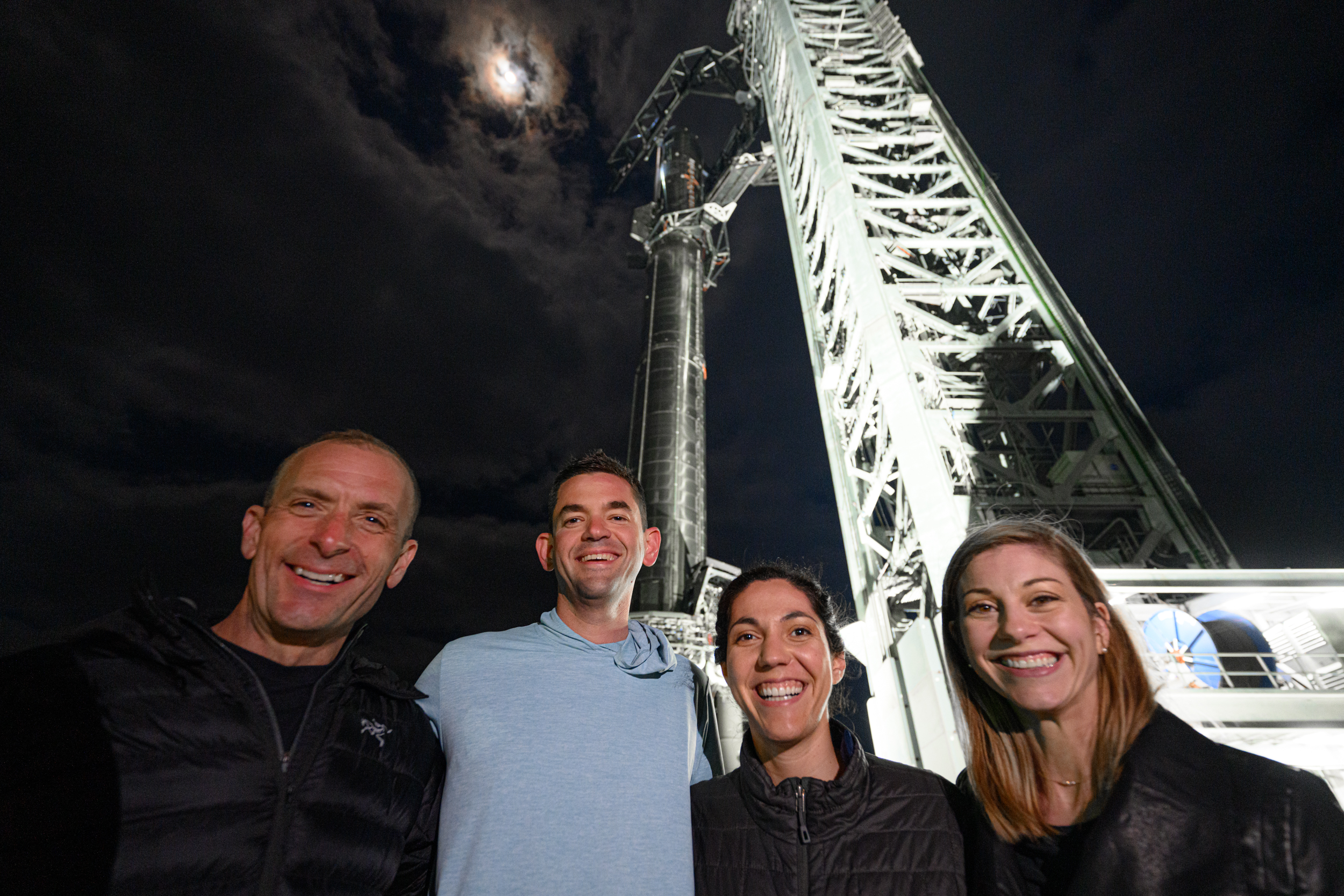
Poteet, a 48-year-old retired lieutenant-colonel in the U.S. Air Force, veteran F-16 fighter pilot and Thunderbirds demonstration pilot, served as Mission Director for Inspiration4, which saw Isaacman, geologist and science communicator Sian Proctor, Air Force veteran and Lockheed Martin data engineer Chris Sembroski and physician’s assistant and childhood bone cancer survivor Hayley Arceneaux spend three days in low-Earth orbit, last September. In doing so, they became the first all-civilian crew to achieve orbit.
Their mission sought to raise at least $200 million in funding for St. Jude Children’s Research Hospital in Memphis, Tenn. The hospital, which observes its 60th anniversary in 2022, provides pediatric treatment and research into catastrophic diseases affecting infants, children, teenagers and young adults, including leukemia and other cancers.
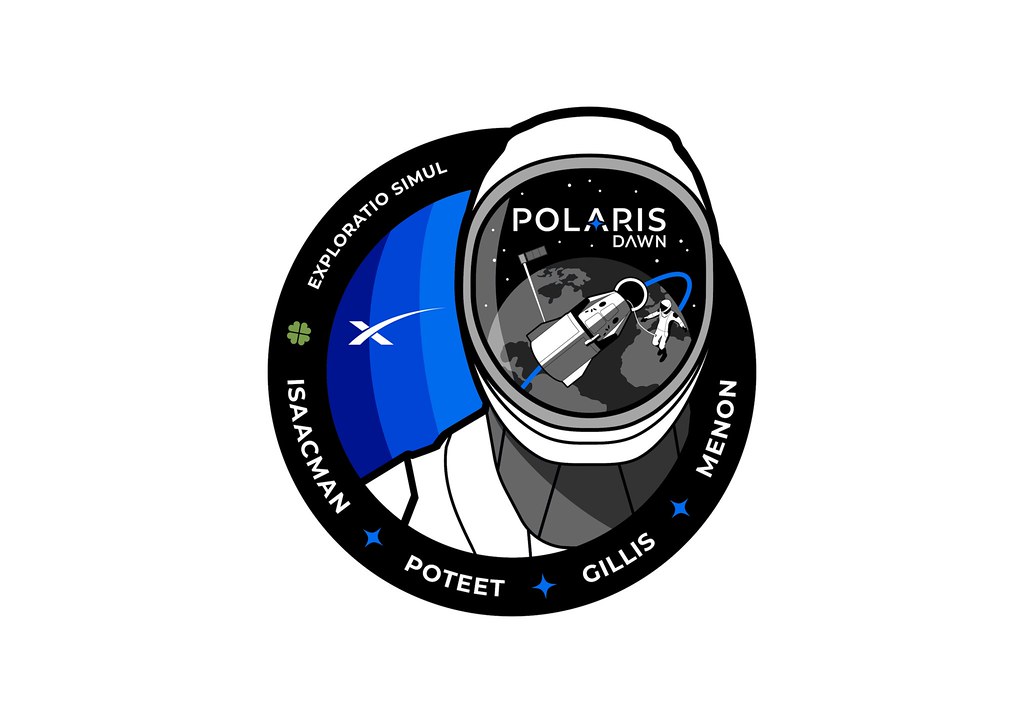
Inspiration4 raised over $240 million for St. Jude (a total that continues to climb), with Polaris Dawn—the first of up to three “Polaris Program” missions to bridge the gap between SpaceX’s in-service Falcon 9 and the upcoming Starship—set to continue Isaacman’s commitment to the hospital foundation and bring it into global focus.
On Wednesday, 4 May, from an NYC hotel lobby, Poteet spoke via Zoom to GoSpaceWatch, a UK-based aerospace and spaceflight group, based in the West Midlands of England. In his capacity as Mission Director for Inspiration4, Poteet, together with Isaacman and other team members from the historic flight were homeward-bound from England after attending the Aim Higher gala at London’s Science Museum, at which they received a prestigious Inspiration Award. As he waited in NYC for a connecting flight home to Colorado, Poteet spoke at length about his remarkable background, his current plans and his future role as a commercial astronaut.
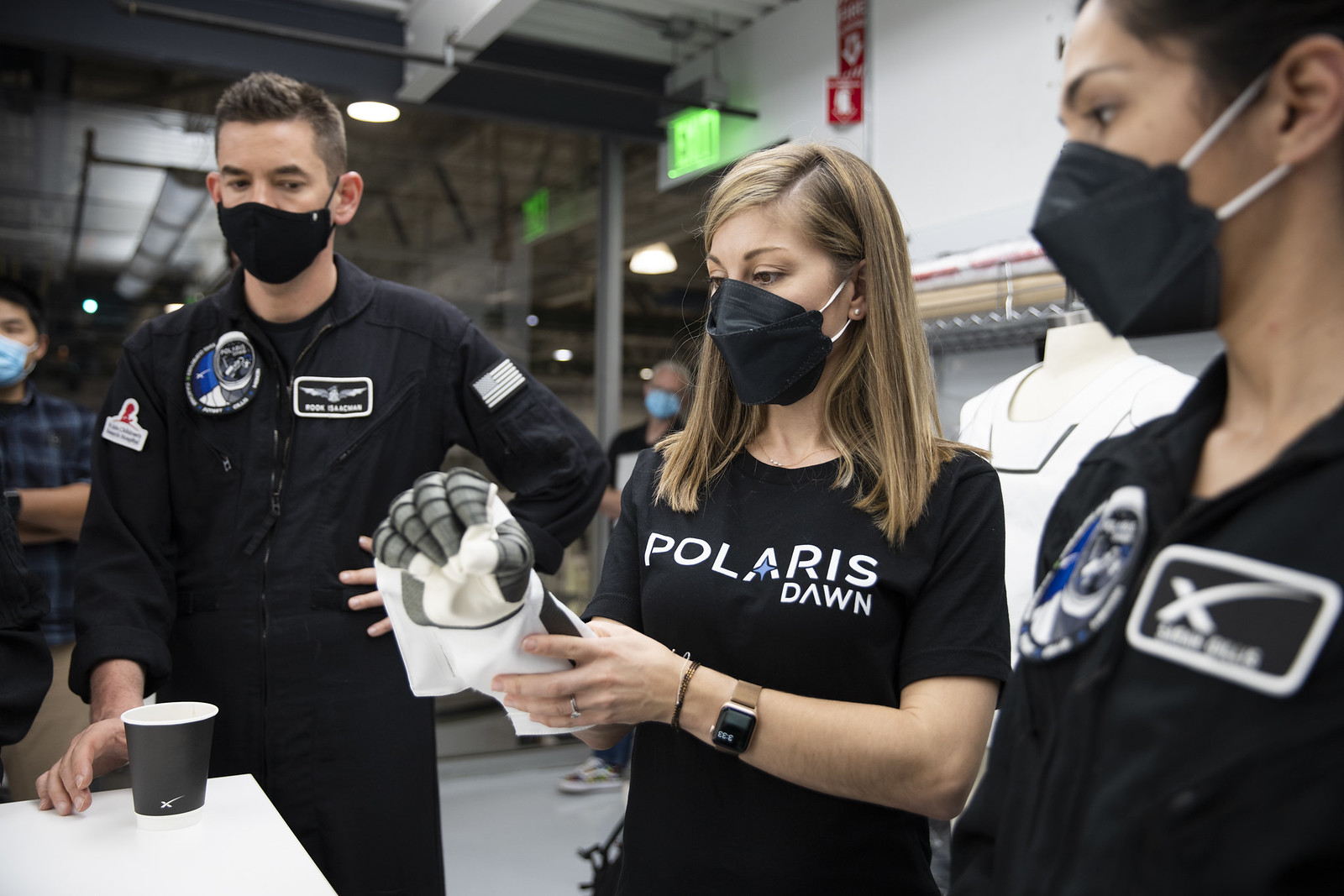
Poteet grew up near Portsmouth, N.H.—“the imitation city, not the true Portsmouth, England,” he joked—and attended the University of New Hampshire, where he pursued degree studies in outdoor education. A self-confessed “’80s child, watching Top Gun and The Right Stuff”, an early affinity for aviation led him to pump gas at his local airport and join the University of New Hampshire’s Reserve Officer Training Corps (ROTC) detachment. It was as a member of the ROTC that Poteet got his first taste of fast jets, flying backseat in a KC-135 Stratotanker to watch the aerial refueling of an F-16 Fighting Falcon.
Although he admitted to suffering airsickness on his first flight, Poteet “got enough of an education” to join the Air Force and was put through pilot training. He flew operationally in Korea, spent six years in Italy, served as an F-16 flight instructor in Phoenix, Ariz., and graduated from the Air Force Weapons School, “the Top Gun version for the Air Force”.
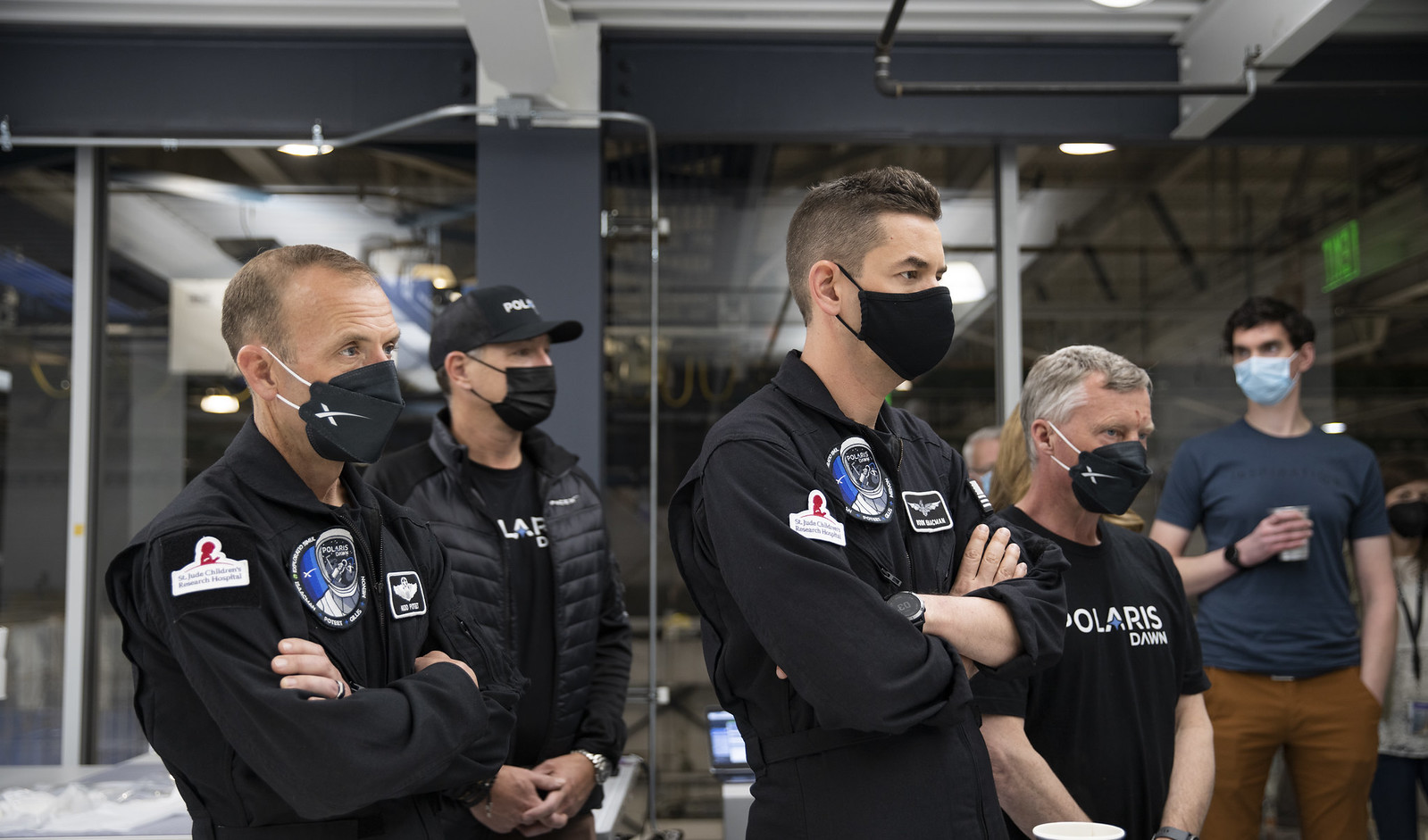
He was on the Air Force’s Thunderbirds aerial demonstration team—flying with Britain’s fabled Red Arrows at RAF Fairford in Gloucestershire, England—and commanded the 64th Aggressor Squadron. Nicknamed “the Aggressors”, the 64th sought “to replicate the threat” and “provide that training aid for operational units to prepare them for combat”.
After retiring from the Air Force as a lieutenant-colonel in 2016, Poteet joined Shift4Payments and met billionaire Isaacman, before moving into the Mission Director role for Inspiration4 shortly after its inception in summer 2020. He noted that after purchasing four seats aboard a SpaceX Crew Dragon, Isaacman “wanted to create something bigger than himself” with Inspiration4. In addition to the St. Jude commitment, Isaacman sought to open up orbital spaceflight “for those who otherwise would not have had the opportunity”.
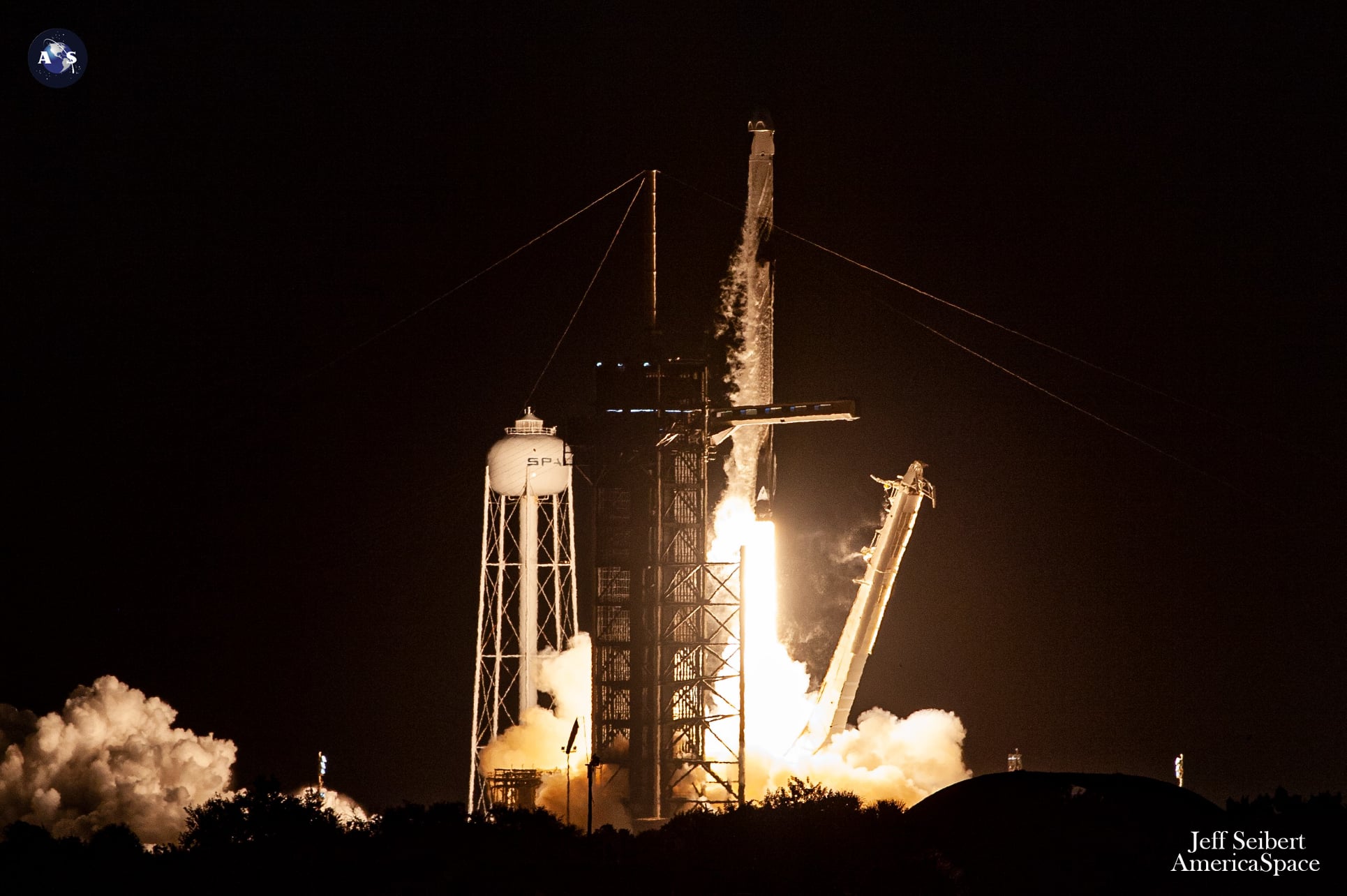
In February 2021, following a highly publicized advertising campaign at last year’s Super Bowl, Chris Sembroski won one of the Inspiration4 seats in a sweepstakes contest, whilst Sian Proctor got her seat as an entrepreneur donor to St. Jude and Arceneaux gained hers as both a serving clinician’s assistant and a childhood bone cancer survivor from the hospital.
Launched last 15 September, Inspiration4 spent three days on-orbit, achieving a peak apogee of 364 miles (585 kilometers)—far higher than the International Space Station (ISS), which orbits at 250 miles (400 kilometers)—and supported research and outreach activities, including trials of a Butterfly handheld ultrasound device and a Zoom call with over a dozen St. Jude patients.
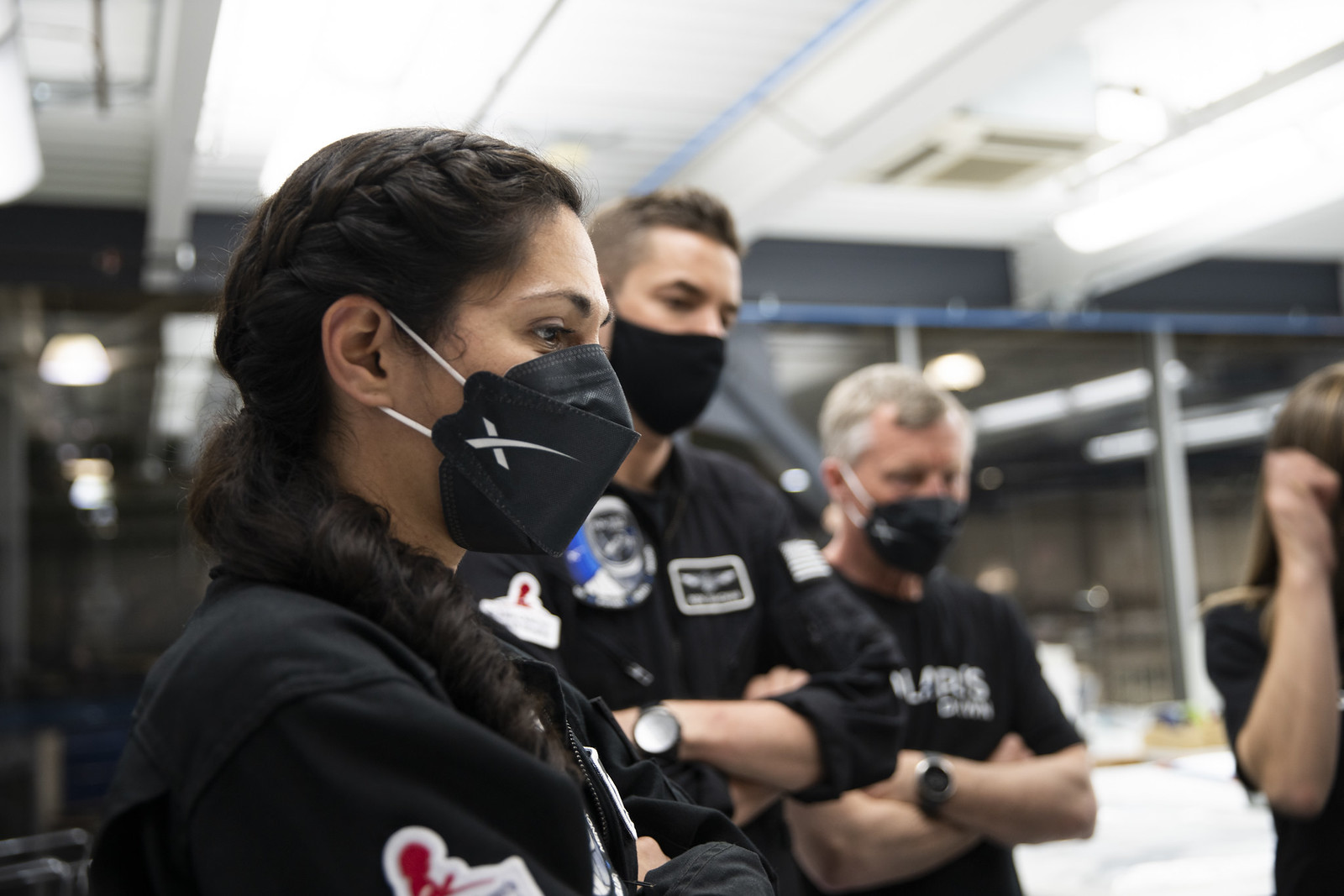
Poteet’s role as Mission Director ran the gamut, he said, from “getting coffee for the crew to sitting on the recovery ship for splashdown”, but in the weeks after Inspiration4 the team learned that they had massively exceeded the $200 million fundraising goal for St. Jude. “We started having conversations with SpaceX on follow-on missions” late last fall, he said. “We wanted to make it a partnership and we wanted to take it to the next level.”
Following discussions with SpaceX CEO Elon Musk and the Hawthorne, Calif.-based organization’s business development team, the “Polaris Program” came into being as a campaign of up to three crewed missions to bridge the gap between the in-service Falcon 9 and the up-and-coming Starship. Last February, the Polaris Program was formally announced, with the first mission—Polaris Dawn—expected to achieve the highest non-lunar orbit with a human crew, the first commercial EVA and trials of Starlink laser-based communications, together with ongoing support for St. Jude.
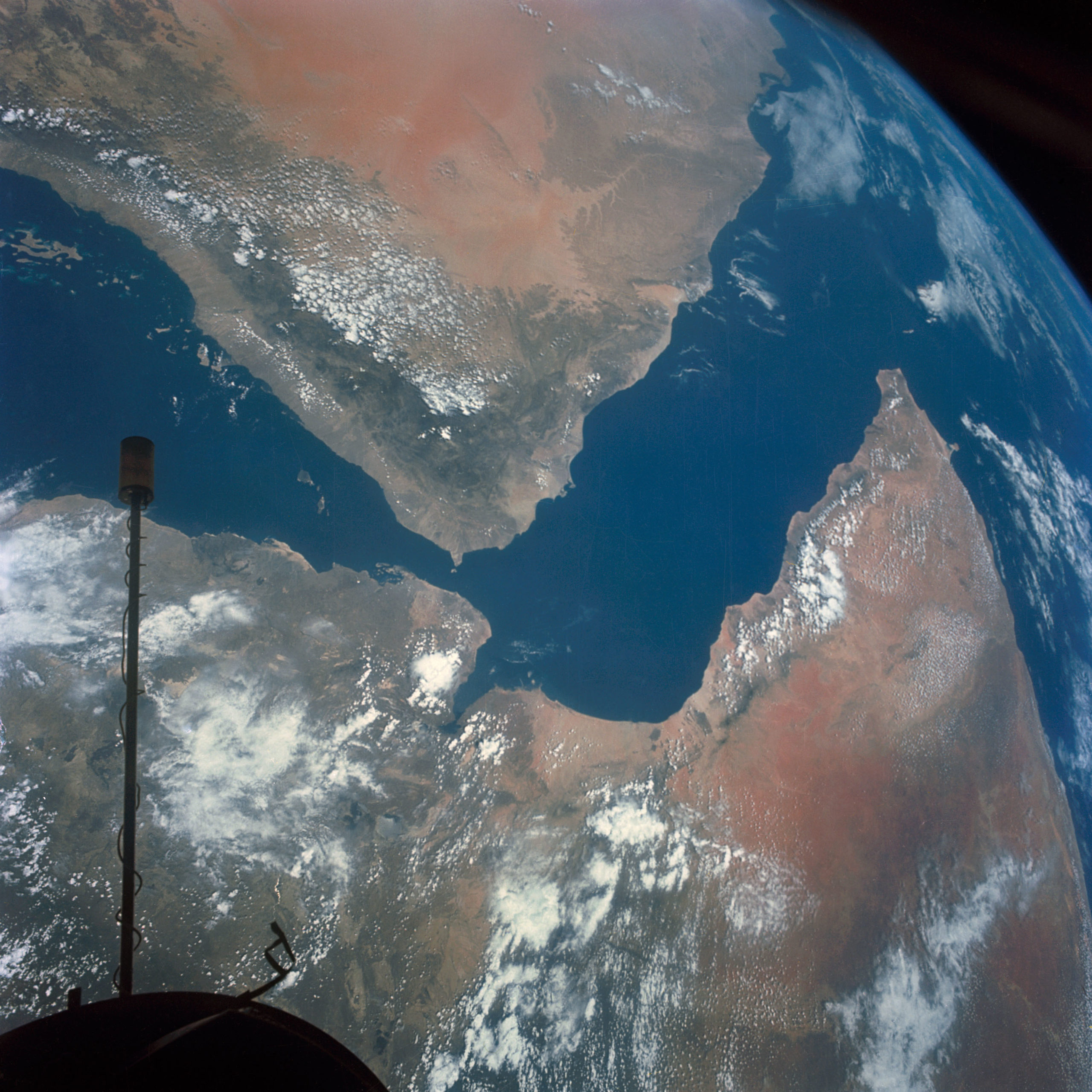
“We tried to identify what is critical to make that transition from Falcon 9 to Starship,” Poteet explained. “And some people make the comparison of Mercury, Gemini and Apollo, with Mercury being the initial spaceflight and then Apollo going to the Moon. What innovations and technologies need to be accomplished to make that transition to the Apollo Program?
“And that’s where Gemini came in, with initial docking, initial spacewalks, some altitude records,” Poteet said. “We certainly do not think we’re on the same level as those astronauts. We stand on the shoulders of giants. The reason we are here, doing what we can for the purpose of space exploration, is all because of their accomplishments. It’s just a small sliver of space history, relative to what they were able to accomplish in their generation.”
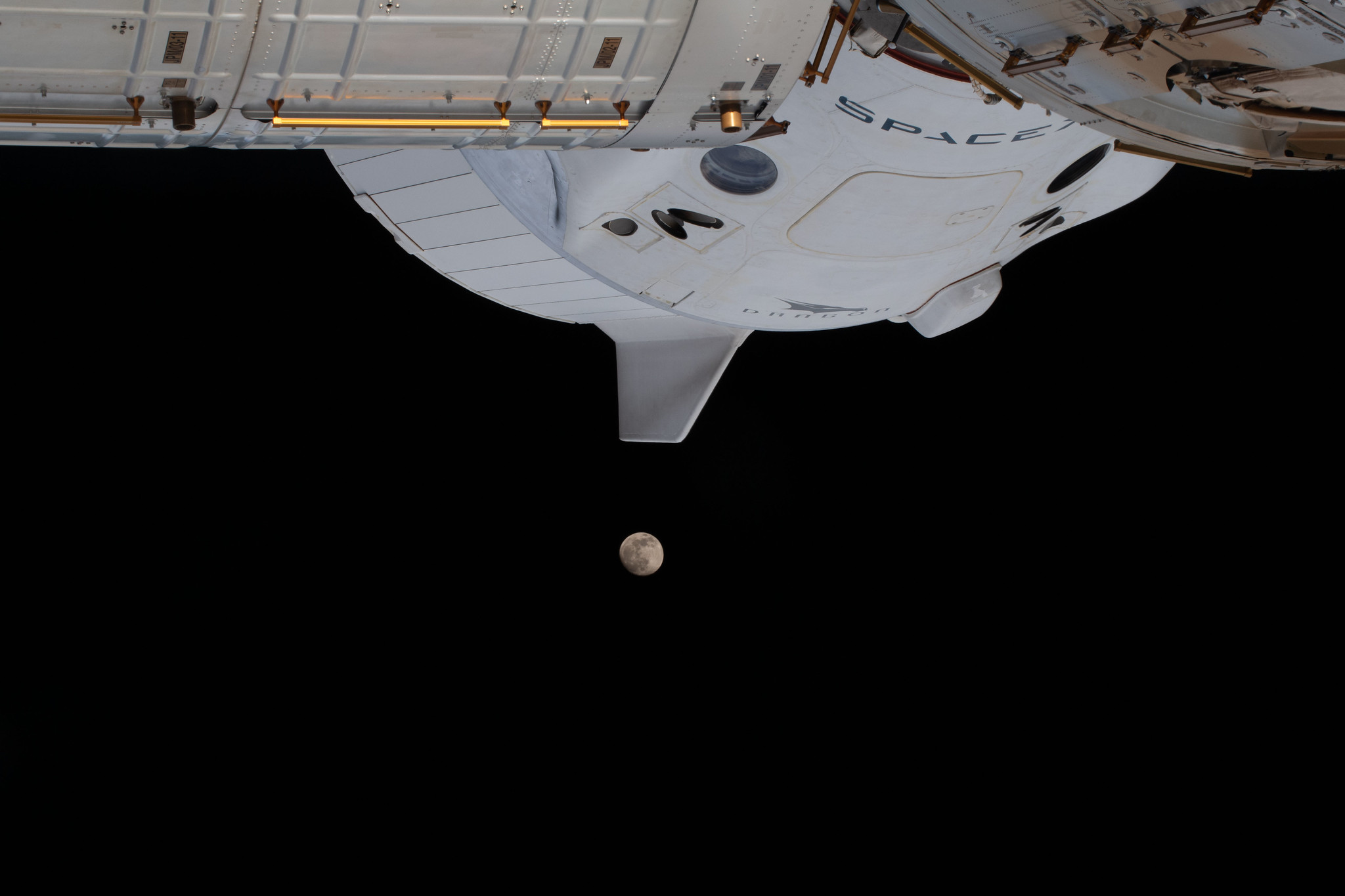
Current plans position Polaris Dawn to launch in the fourth quarter of 2022, with a No Earlier Than (NET) placeholder date of 1 November. The second Polaris mission will expand the boundaries of future human spaceflight missions, space communications and scientific research.
“We’re working to identify the technology necessary to continue the research and development required to make Starship a reality,” said Poteet. “That’s going to identify certain communications requirements. We’ll continue the spacewalk elements, developing and refining the EVA suits and continuing with the science and research.”
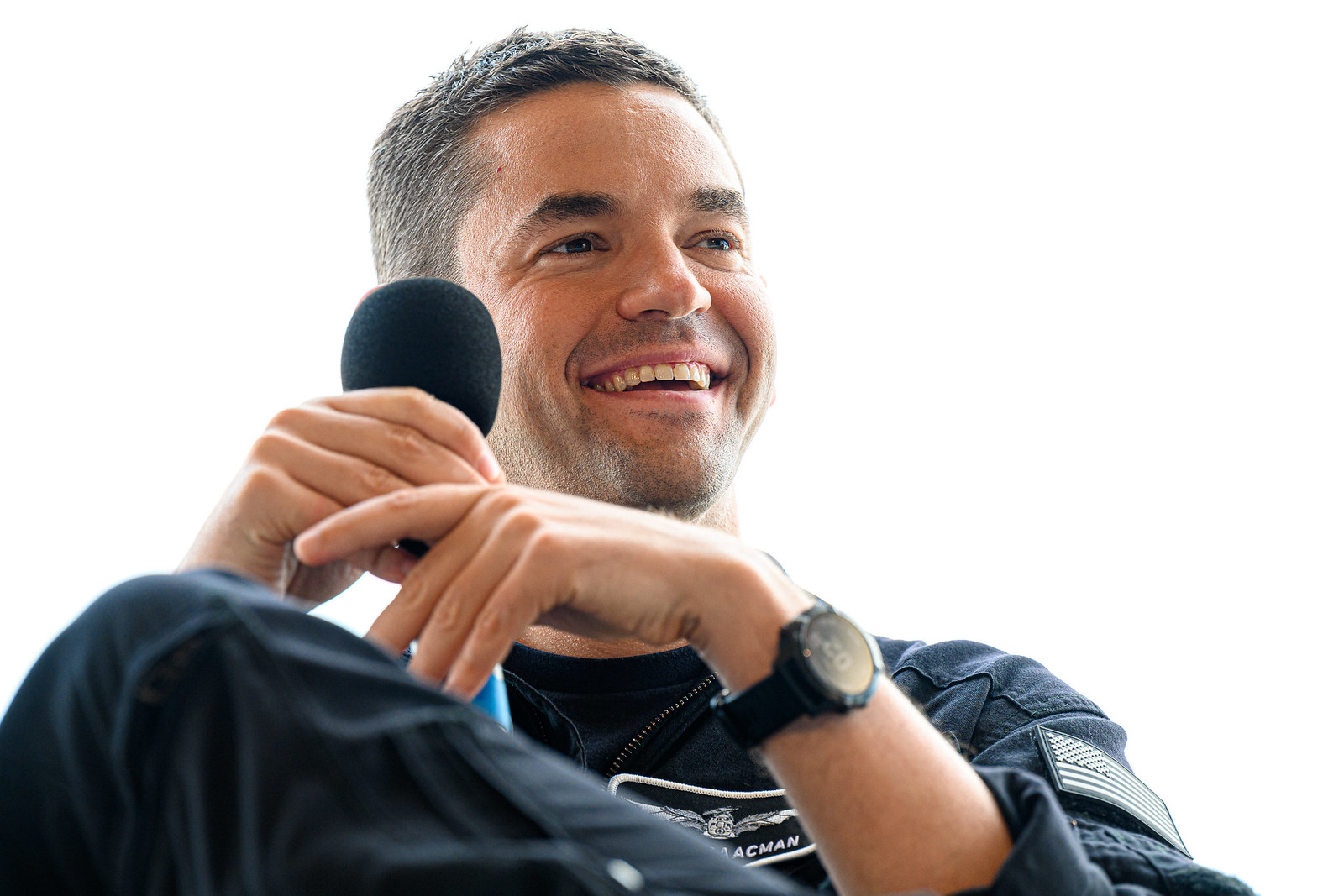
Finally, the third Polaris mission will be the first crewed Starship, although when asked about the crew complement for that flight Poteet noted that “it’s an unknown” at present. Although Starship ultimately aspires to flying a hundred or more people on each craft, the first crew will likely “be a fraction of that size”.
Before Starship, though, will come Polaris Dawn, which is baselined for five days in duration. Tomorrow’s article will include Poteet’s remarks about a mission which seeks to push the envelope for the Falcon 9 booster and the Crew Dragon as never before, setting a raft of records and contributing to several thorny issues affecting future long-duration spaceflight.
Tomorrow’s article will focus on the Polaris Dawn mission, including research objectives, an ultra-high altitude and the first-ever commercial EVA.
AmericaSpace and the author wish to thank Michael Bryce of GoSpaceWatch for permission to reproduce the content of Scott “Kidd” Poteet’s presentation.




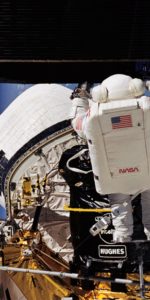
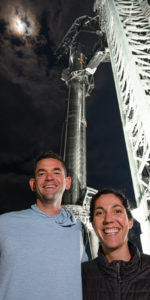
4 Comments
4 Pings & Trackbacks
Pingback:SpaceX Starship Updates! Ship 24 Fully Stacked! Booster 7 Testing Continues! TheSpaceXShow - TeslaDaily News
Pingback:SpaceX Launches Record-Breaking Seventh Vandenberg Mission of 2022 - AmericaSpace
Pingback:SpaceX Continues Aggressive East Coast Starlink Launch Campaign - AmericaSpace
Pingback:10x-Flown Falcon 9 Launches October’s Fifth Mission, as Starlink Count Passes 3,500 - AmericaSpace